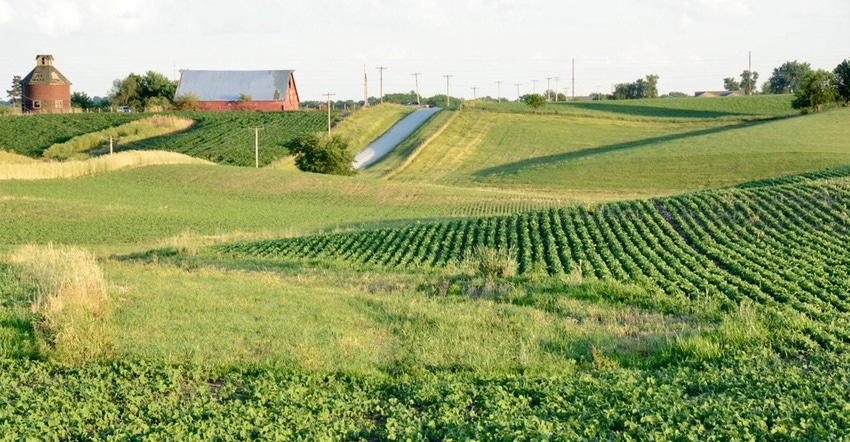April 8, 2019

As humans, we like to think of ourselves as resilient creatures. We have managed to flourish in what can be a harsh physical world. We have spread out across the land, but we haven’t quite proven ourselves as durable yet.
In geologic time, we’ve been here for less than a blink of an eye. When you really think about it, our physical comfort zone is pretty narrow. It doesn’t take much variation — too hot or too cold, too wet or too dry — to make us uncomfortable. But like no other creature on Earth, we have been blessed with an ability to manipulate our surroundings. We are able to not only make ourselves more comfortable, but we can live in areas that go beyond our normal living extremes, as well.
Even so, we humans still thrive in a pretty narrow zone. As such, we still often experience harsh natural conditions that surpass our limits for survival. We know how to seek shelter in low places and build structures to sustain high winds, but sometimes the wind blows harder than we can withstand. We know how to look for water underground and how to store it above ground, but sometimes it’s just too dry for us to grow crops and water livestock. We know how to build retention ponds and levees to hold back floodwaters, but sometimes we get so much rain we just can’t contain it all.
Extreme caretakers
As farmers, you worry not only about yourselves, but also about the lives of the plants and animals you tend. They rely on your ability to moderate those extremes for their successful lives, and in turn, so does everyone else. There are many things we do to shelter plants and animals, to ensure they have plenty of food and water — even in extreme conditions.
At the Natural Resources Conservation Service, we advocate for conservation practices that help farmers manage water wisely, sustain the production of healthy crops, and enhance the land’s ability to absorb runoff in wet weather and hold more water for dry weather. That’s smart planning for long-term sustainability. But still, sometimes the weather goes beyond what we can handle.
We’ve already experienced some of those conditions this new growing season. And while we can’t control everything, we humans are also blessed with another unique characteristic: our capacity to care. In those times when we experience disasters that push us beyond our physical limits, I am constantly amazed at how people pull together and support those who have suffered loss.
Family, neighbors, and even strangers step up to help. I’m also proud to be able to say that while I’ve been working for USDA, the department has stepped in many times to join efforts to help. Even with all that, we can’t make everything like it was before. Perhaps we can help soften the extremes and set things on a path for recovery. We’re not first responders at NRCS, but we — with our sister agencies, the Farm Service Agency and the Risk Management Agency — have emergency programs that can quickly offer expedited help. And NRCS can use programs like the Environmental Quality Incentives Program to target customized conservation practices that address specific symptoms or damage caused by a disaster.
Unfortunately, I also hear comments about how we never should have been — living or working — in the path of harm’s way. Some think we bring disaster upon ourselves with how we manipulate our environment. I’ll discuss that paradox another day. I know it’s important work we do in agriculture. We should always strive to do those everyday activities to conserve our natural resources, and to pull together and help one another in times of need.
Dozier is the Illinois state conservationist. Direct comments or questions to [email protected].
About the Author(s)
You May Also Like




